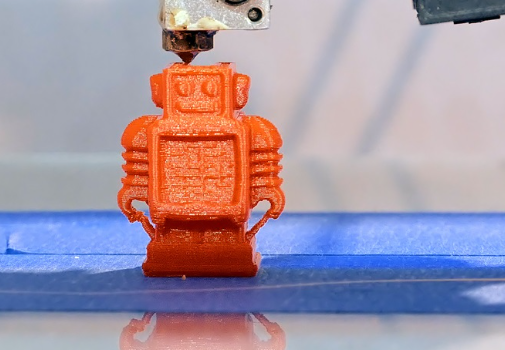
Supply chain management is a delicate balancing act, requiring businesses to manage inventory, maintain local availability, and accommodate fluctuating demand. For many companies, this task becomes especially tricky when dealing with spare parts. Unlike new products, which have a more predictable demand cycle, spare parts can create a complex web of challenges, as breakdowns are often unpredictable and need immediate solutions.
Managing spare parts typically involves either stocking up on inventory, which incurs high costs, or keeping a smaller stock and fulfilling orders on demand, which can lead to longer delivery times and reduced customer satisfaction. But now, with the advent of 3D printing, there’s a way to avoid many of these logistical headaches.
How 3D Printing is Changing Supply Chains
Additive manufacturing, or 3D printing, is transforming the way businesses approach production and distribution. Traditionally, companies would need to store large quantities of spare parts and finished goods in warehouses, incurring high inventory and storage costs. With 3D printing, companies can now produce parts on demand, drastically reducing the need for inventory and warehouse space.
The most significant change brought about by 3D printing is the shift to distributed manufacturing. Instead of relying on centralized factories to produce and ship products worldwide, businesses are setting up local 3D printing hubs closer to their customers. This not only speeds up the production process but also slashes transportation costs.
Take Siemens, for example. The company has adopted 3D printing for its gas turbine parts, reducing delivery times from months to just weeks. The benefits of this new approach are clear:
- Faster Lead Times: Parts that used to take 6-8 weeks to deliver can now be printed in 24-48 hours.
- Optimized Inventory: By switching to print-on-demand, companies are reducing inventory costs by 15-20%.
- Reduced Transportation Costs: Local production is cutting freight costs by as much as 50% for certain parts.
Key Areas Where 3D Printing is Making a Difference
Spare Parts Management
Companies like Deutsche Bahn are taking advantage of 3D printing to produce over 80 different train components on-demand, eliminating the need to store parts that are rarely needed.
Customization
Brands like Nike and Adidas are using 3D printing to create customized footwear, allowing for mass customization without the high costs of traditional tooling.
Emergency Supply
During disruptions to traditional supply chains, such as those seen during the COVID-19 pandemic, 3D printing has proven to be a valuable backup production method, allowing for the rapid local production of critical medical equipment.
Challenges to Consider
Despite its benefits, there are still challenges associated with 3D printing. Issues such as maintaining consistent quality, the cost of materials, and the speed of production are limitations that can affect widespread adoption. Currently, 3D printing represents less than 5% of global manufacturing output, though this figure is growing at an impressive 20% annually.
Conclusion
3D printing is undoubtedly transforming spare parts logistics by reducing delivery times and streamlining the production process. It offers a competitive edge for businesses looking to optimize their supply chain. However, traditional manufacturing methods still have a place in certain sectors, particularly where quality and production methods are better suited to conventional techniques.
Additionally, 3D-printed parts aren’t automatically more sustainable than their traditional counterparts. A full assessment of the environmental and operational impact is necessary to determine whether 3D printing is the right choice for a particular supply chain.
As companies explore the feasibility of integrating 3D printing into their operations, it’s important to consider factors such as regulations, cost implications, and the broader impact on the supply chain. When implemented thoughtfully, 3D printing can bring significant benefits, but it requires careful planning and clear strategic thinking.












